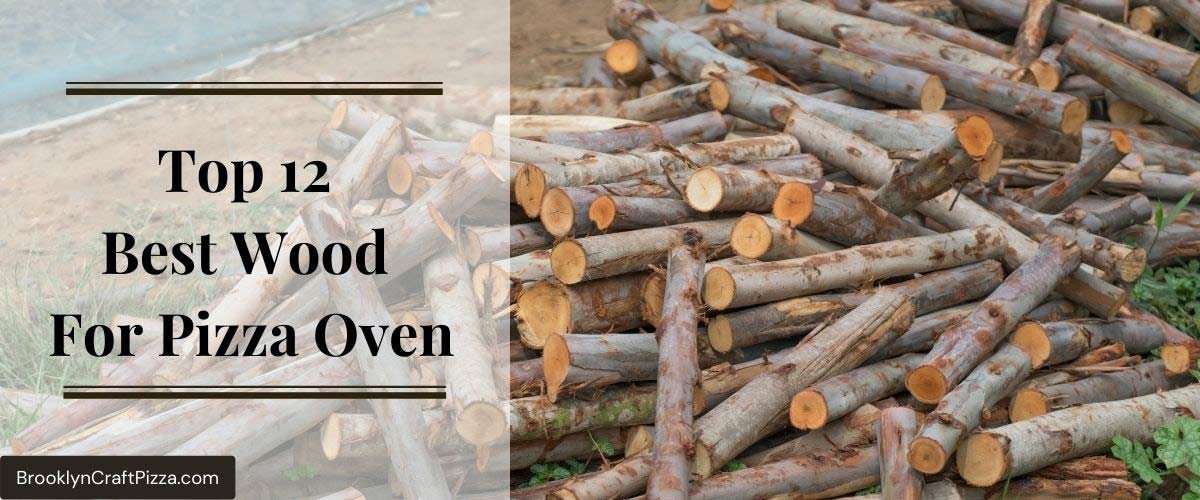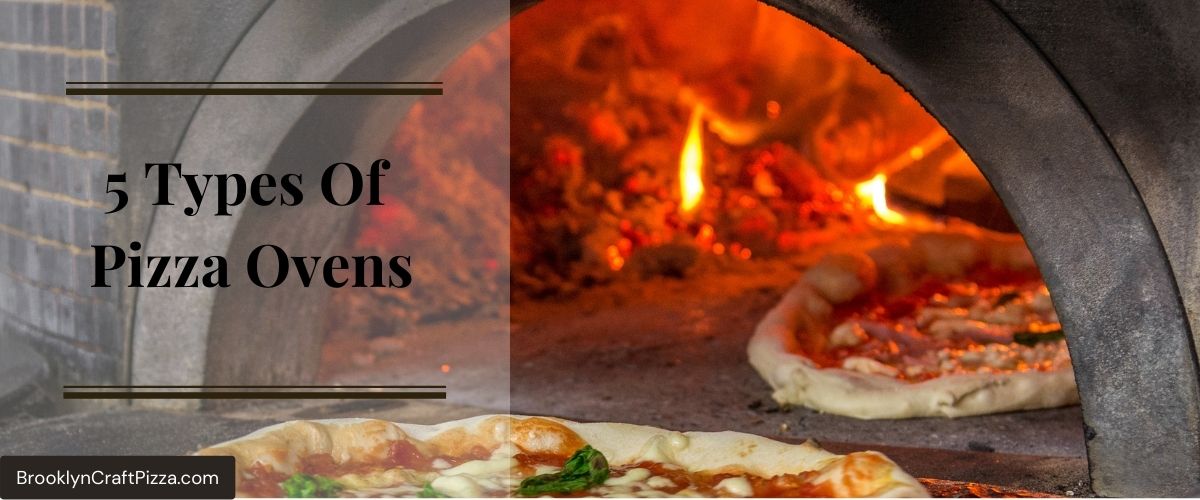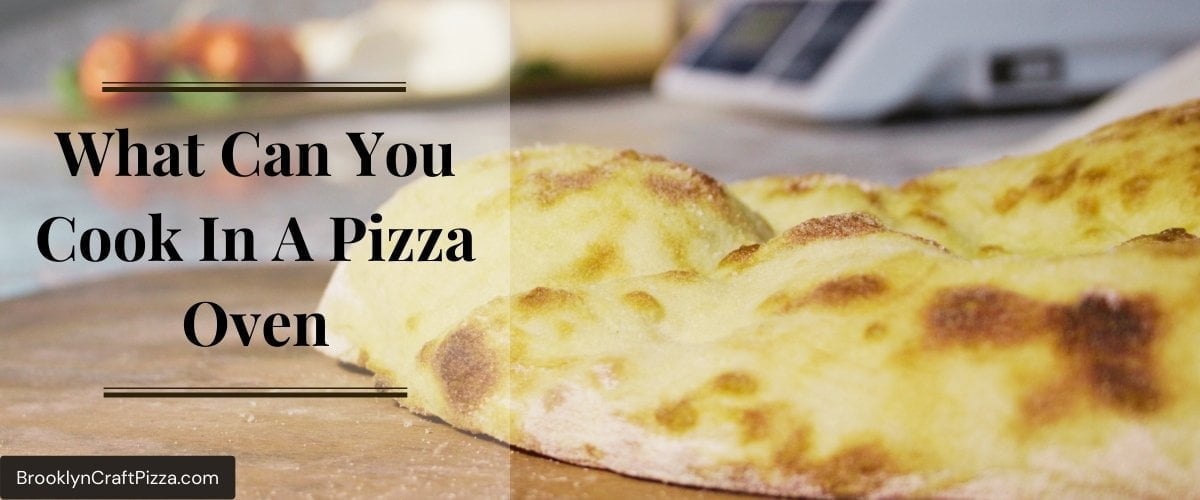The success of your pizza cooking depends on using the right cookware. So, for a pizza pan with holes vs. no holes, which one is better? The best option is dependent on the expectations you place on it.
A pizza pan with holes is the right choice for a crispy crust pizza. For a chewy and soft pizza, those without holes will do. This post will examine both types and their effect on the pizza cooking outcome.
Pizza Pan With Holes vs. Without Holes: Which Is Better?
Deciding on the type of pizza pan to use is hard. Different pizza pans come in different shapes to suit different pizza needs. You can either use pizza screens, regular pizza pans, deep-dish pizza pans, and wide-rim pizza pans. Most pizza pans are either holes or no holes, each with pros and cons.
1. Pizza Pan With Holes
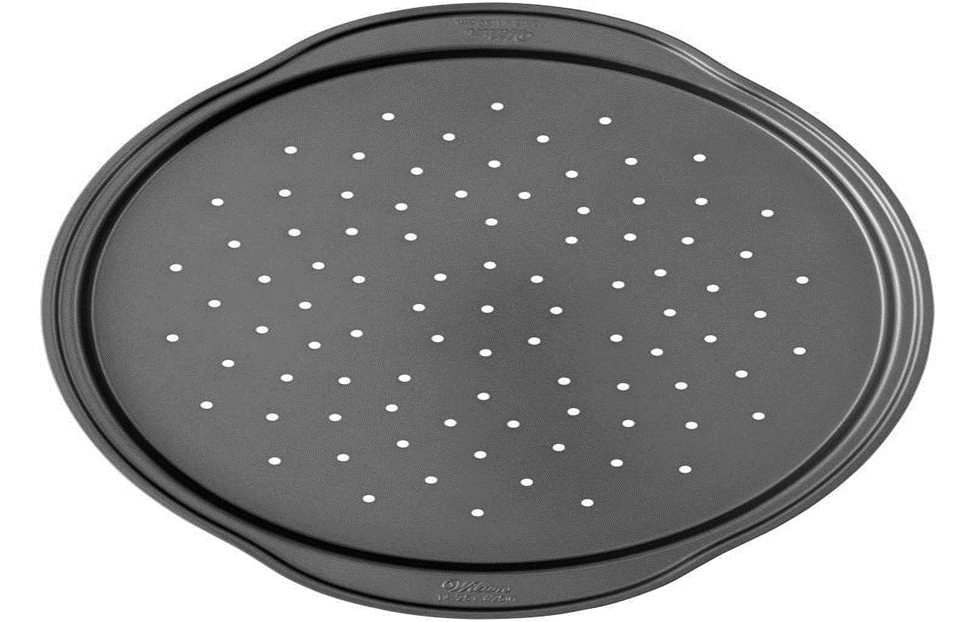
The Best Perforated Pizza Pan:
[amazon box = B0000D8CAO]
This type of pizza pan is also known as a perforated pizza pan. It is made of aluminum, and the holes at the bottom distinguish it from other pizza pans. Perforated pans are an absolute choice if you’re a fan of crispy crust.
The holes at the bottom of the pan allow airflow while letting moisture out. This prevents crusts from getting soggy. Using a perforated pan to cook pizza, your crust will for sure become crispy.
Pizza pans with holes allow direct movement of heat at the pizza base hence your pizza cooks faster. You should also note that pizza pans with holes make thin-crust pizza less chewy.
How Would You Use a Pizza Pan With Holes?
A pizza pan with holes is called a crisper pan because it makes the pizza crispier and better tasting. Follow these simple ways of using a pizza crisper pan.
1. Apply Some Oil to the Pan
Apply a good quality non-stick baking spray on a perforated pan. If the cooking spray is unavailable, use a cooking brush to rub your olive or canola oil all over the pan’s surface.
2. Roll the Dough
The dough made from whole wheat flour must be rolled into a thin layer. To keep the dough from sticking to the pan, continue to sprinkle flour on the dough and roll the pin as you work.
3. Spread the Crust Out
Gently place the rolled-out crust in the pan. Make sure the crust doesn’t extend past the pan’s edges.
4. Bake
Pizza is baked in the pan. Keep adding the toppings you want as you go. Pick toppings with a lot of nutritional value.
PROS
CONS
2. A Pizza Pan Without Holes
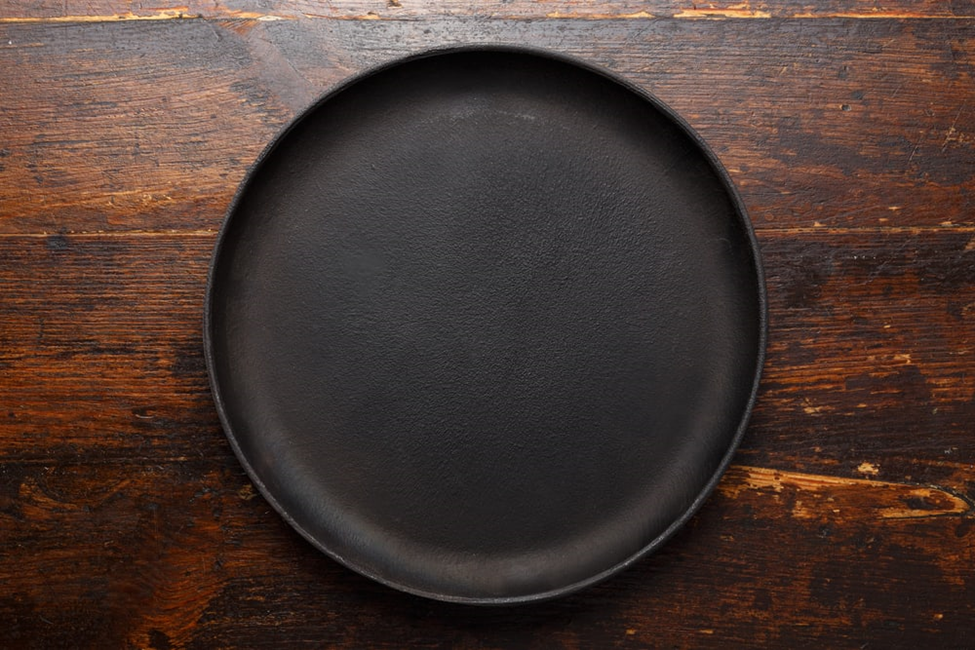
The Best Non-Perforated Pizza Pan:
[amazon box = B0000E2V3X]
If you love chewy crust or softer crust, smooth pizza pans are ideal. These pans don’t allow moisture loss; heat distribution is always regulated. As a result, your pie will have soggy centers and be less crispy than what you’d get from perforated pans.
Cooking pizza with smooth pans takes longer than it is when using pizza pans with holes. The thick base absorbs and builds up heat steadily hence cooking takes time.
Using a pan with no holes requires giving your pizza adequate time to distribute heat to the top. Otherwise, your pizza toppings will come out unevenly cooked. But note that excessive heat ends up burning your pizza crust.
PROS
CONS
The Best Pizza Pan With Holes
Undoubtedly, Cuisinart chef’s classic non-stick bakeware models are the best. The non-stick pan’s surface prevents your pizza crust from breaking. Its aluminum metal surface ensures uniform heat distribution, and cleaning is a breeze.
[amazon box = B0000D8CAO]
How can you fail to remember that it is not pricey? It’s just a bang for your buck and is made to last over time.
The Best Pizza Pan Without Holes
Cast iron pizza pans are the best pizza pan without holes. The handles and rims prevent your pizza from slipping off as you remove it from the oven. Since this kind of pizza pan is already seasoned, a non-sticky cooking process is possible.
[amazon box = B0000E2V3X]
Cast iron pans are more expensive but of great value. They are sizeable and versatile. You can use it to prepare dishes that don’t produce a lot of liquid and don’t need sauce while baking.
The Main Factors to Consider When Choosing Between Pizza Pans With Holes vs. Without Holes

1. Surface and Construction
The surface’s nature distinguishes a pizza pan with holes from one without holes. In other words, one has perforated holes while the other doesn’t. The perforated holed surface allows your pizza to cook evenly and uniformly.
While one without holes has a flat surface that takes longer to heat. It cooks your pizza like a cake. As a result, you get a soggy, chewy pizza that may be unevenly cooked.
2. Material
A perforated pan is a stainless steel or aluminum pizza pan. It is a quick heat conductor for even pizza cooking and is lightweight. It is durable, and even with thick layers, pizza pans with holes cook at high speed.
Pizza pan without holes, on the other hand, is made of thick alloy materials. This makes the distribution of heat longer and slows the cooking process.
3. Cleaning and Maintenance
When it comes to ease of cleaning, a pizza pan without holes proves a better choice. Pizza pan cleaning is easier for smooth or non-stick types but messy to use and operate.
Perforated pans are hard and time-consuming as the holes require more attention and a good brush to clean them.
4. Versatility
A pizza pan with holes is ideal for making a thin-crust pizza. They are also suitable for steaming vegetables. When it comes to pizza pans with no holes, they’re multifunctional. How flexible a pizza pan is with holes vs. no holes is subjective.
5. Cooking Time
The likelihood of less cooking time is possible with pizza pans with holes. This is because even holes transfer heat throughout the dough quickly. You may need to pay close attention to your cooking to avoid burnt pizza crust.
On the contrary, the surface of a pizza pan without holes is thick. It takes time to distribute the heat across the entire surface and longer to get to the top of your pizza.
6. Other Factors to Put into Consideration
When selecting a pizza pan, there are additional factors to consider. A smooth pan is typically a stainless steel pan or cast iron pan. As such, it is easy to clean but very hot, so you need to keep a close eye to avoid burnt pizzas.
You’ll need to consider the edges of a pizza pan as well. Are you into deep-dish pizza? Certain pan designs will allow you to cook a stuffed-crust pizza with ease.
Finally, you wouldn’t like to risk a delicious mess on the floor. For this reason, a pizza pan with aluminum handles is ideal as it easily removes a pizza from the oven. Consider choosing a pizza pan for its characteristics rather than whether it has holes or not.
Which Is the Best Pizza Pan? Pizza Pan With Holes Vs. No Holes
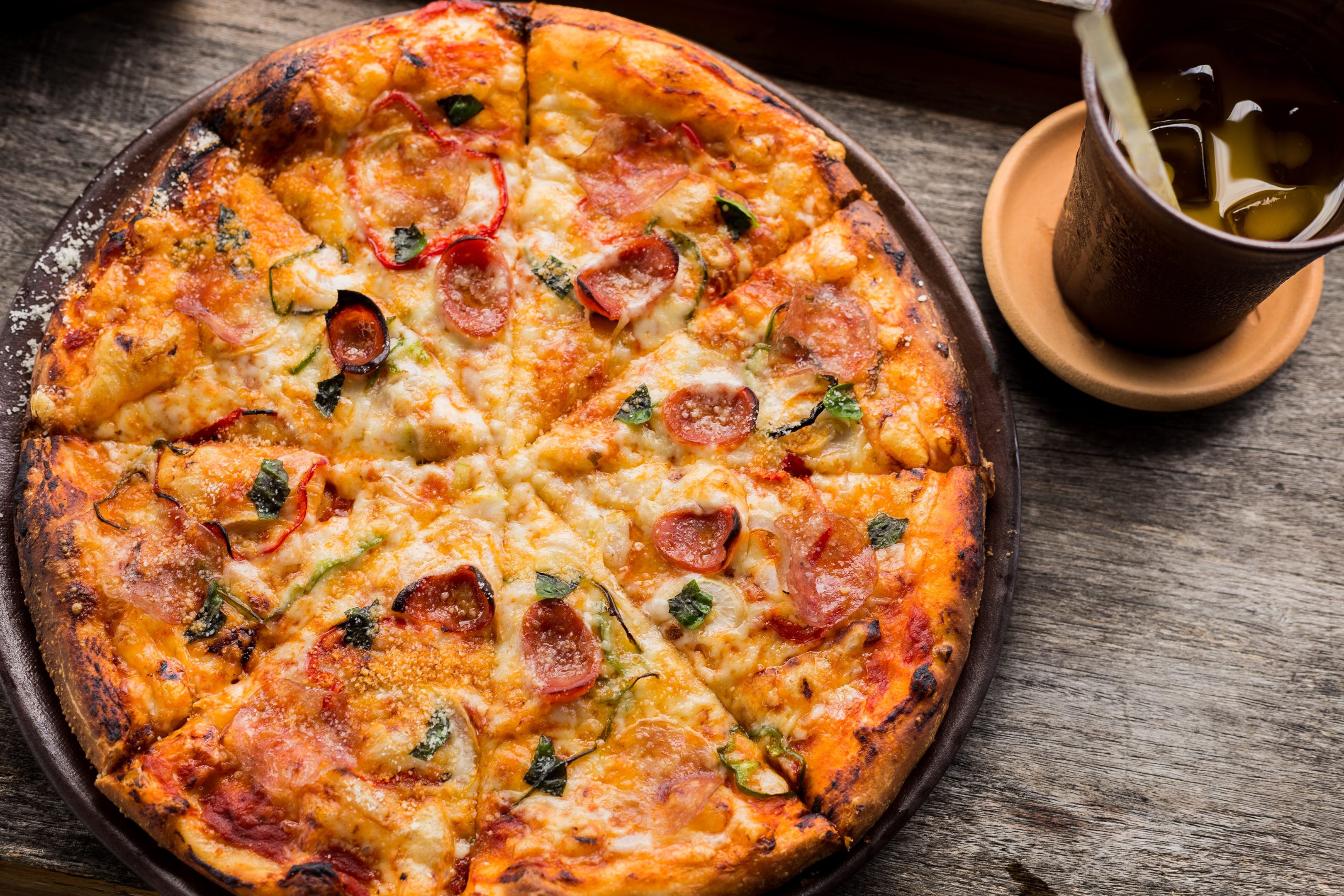
If you love homemade pizza, it is essential that you get the best cookware for the right texture and taste. The cooking outcome all depends on the style, preparation, and pizza equipment you use.
Therefore, a pan with holes is the best if you’re in love with crunchy pizza crust. The holes or vents on the pan produce evenly cooked pizza with a brown crust. Further, due to immense heat distribution, baking pizza will take less time, but note that a slight error in timing means more burnt pizzas.
On the contrary, a smooth pan is the best choice if you’re making pizza with a soggy, moist, and chewy texture. Even though it will take longer to cook, these pans retain moisture to yield the expected results. That is chewy, sweet, and less crispy pizzas.
Whether you use a pizza pan with holes or no holes depends entirely on your preference. Are you ready to scrub every scrap from holes in a pizza pan? Well, a perforated pan might be your ideal choice. Otherwise, stick to your chewy pizza.
Alternatives to Pizza Pans
1. Pizza Screens
You can use a pizza screen to make homemade pizza as an alternative to a perforated pizza pan. It is an aluminum round, flat mesh-like surface. Pizza screens operate similarly to perforated pans, allowing adequate heat for a crusty pizza.
Some pizza screen pans have bigger holes than others. If you’re looking for a perfect pizza crust, screens are perfect as more heat is distributed up-to to your pizza toppings. The baking time in pizza screens is shorter than in perforated pizza pans.
The major differences between pizza screens and perforated pizza pans include the following:
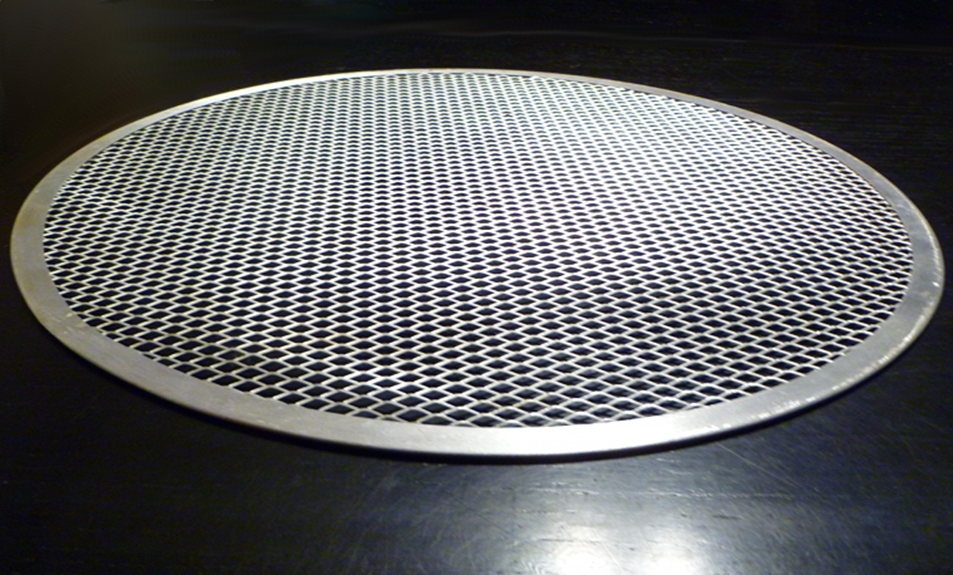
- Some pizza screens have larger holes than perforated pans.
- The cooking process in the perforated pan is longer than in the screens.
- The likelihood of burnt pizza is more on pizza screens.
2. Pizza Stones
When it comes to making pizza, most people think of pizza stones as something only professionals would use. It’s more common in commercial kitchens, like pizzerias and restaurants than in private households, where the best pizza pan would be used.
Using a pizza stone instead of a pan is a great option for those who want to replicate the taste and texture of a restaurant-quality thin-crust pizza at home. This has been made possible by the stone’s heat.
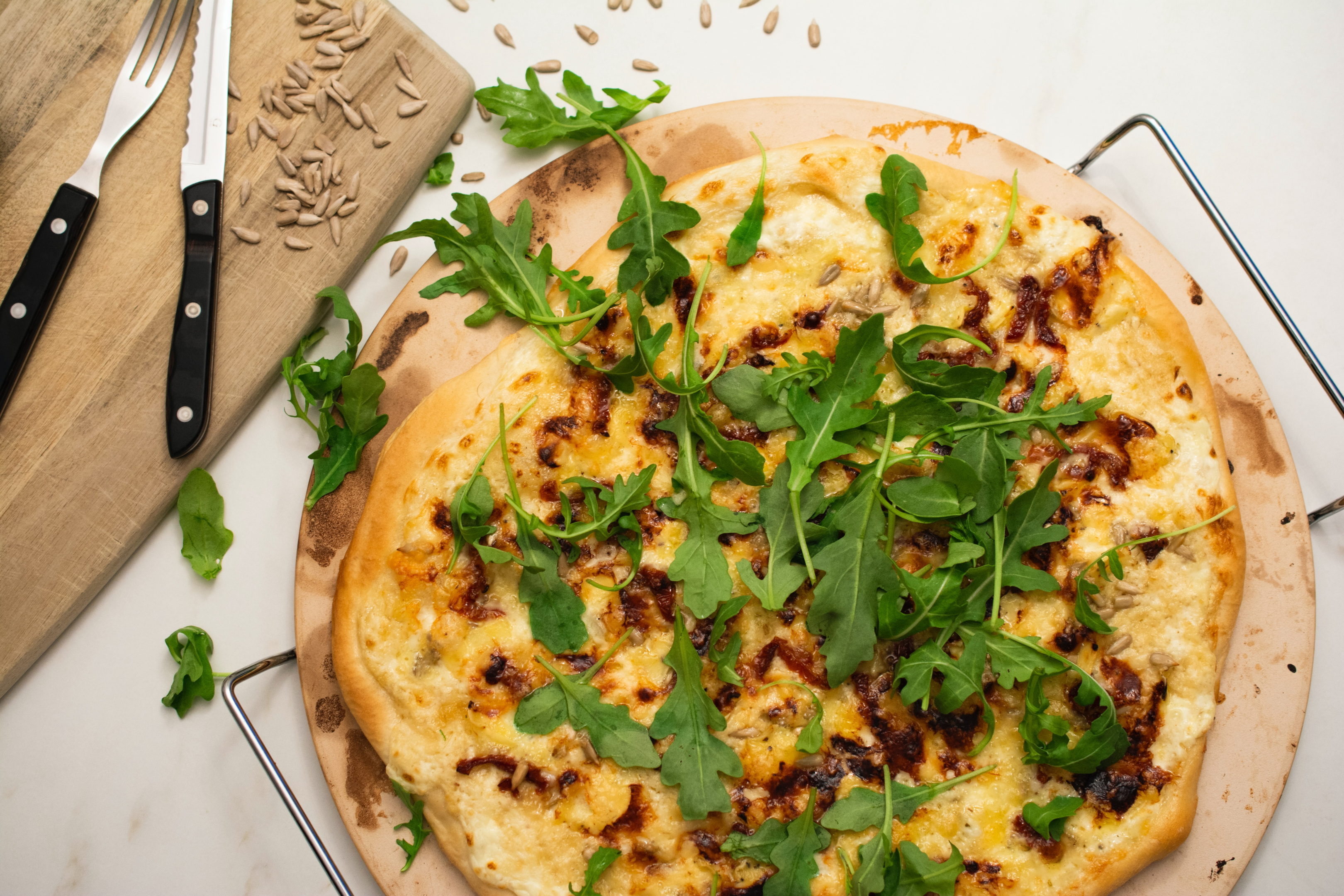
When a pizza base comes in contact with the heat of this, particularly designed pizza oven, the entire surface of the stone becomes extremely hot and begins to crisp up the base of the pizza.
If you want to make a pizza in the Neapolitan way, you should utilize a pizza stone. The stone base of a wood-fired pizza oven is ideal for cooking a Neapolitan-style pizza.
However, this is not the recommended cooking method for those just starting out in the world of handmade pizza. Some sections are really complex and require some practice before you attempt them.
Verdict
Whether to go for a pizza pan with holes or no holes boils down to the kind of pizza you want to make. Choosing a pizza pan, on the other hand, is entirely subjective. Some critical considerations distinguish between the best and the ordinary.
Taste is purely subjective, relating to the individual’s genes and the differential development of certain taste buds. If you prefer a chewy, sweet, crispy pizza, how can we possibly advise you not to purchase a smooth, hole-free baking pan?
Most individuals prefer a pan without holes because it is versatile and can be used for other baking purposes. It wouldn’t hurt to keep one perforated pan in the house solely for steaming pizza or vegetables.
Considerably you can use both pizza pans with holes vs. no holes to see which one produces the best pizza. A perforated pizza pan, in our opinion, has some critical features that make it indispensable for making pizzas.
Frequently Asked Questions on Pizza Pan with Holes Vs. No Holes
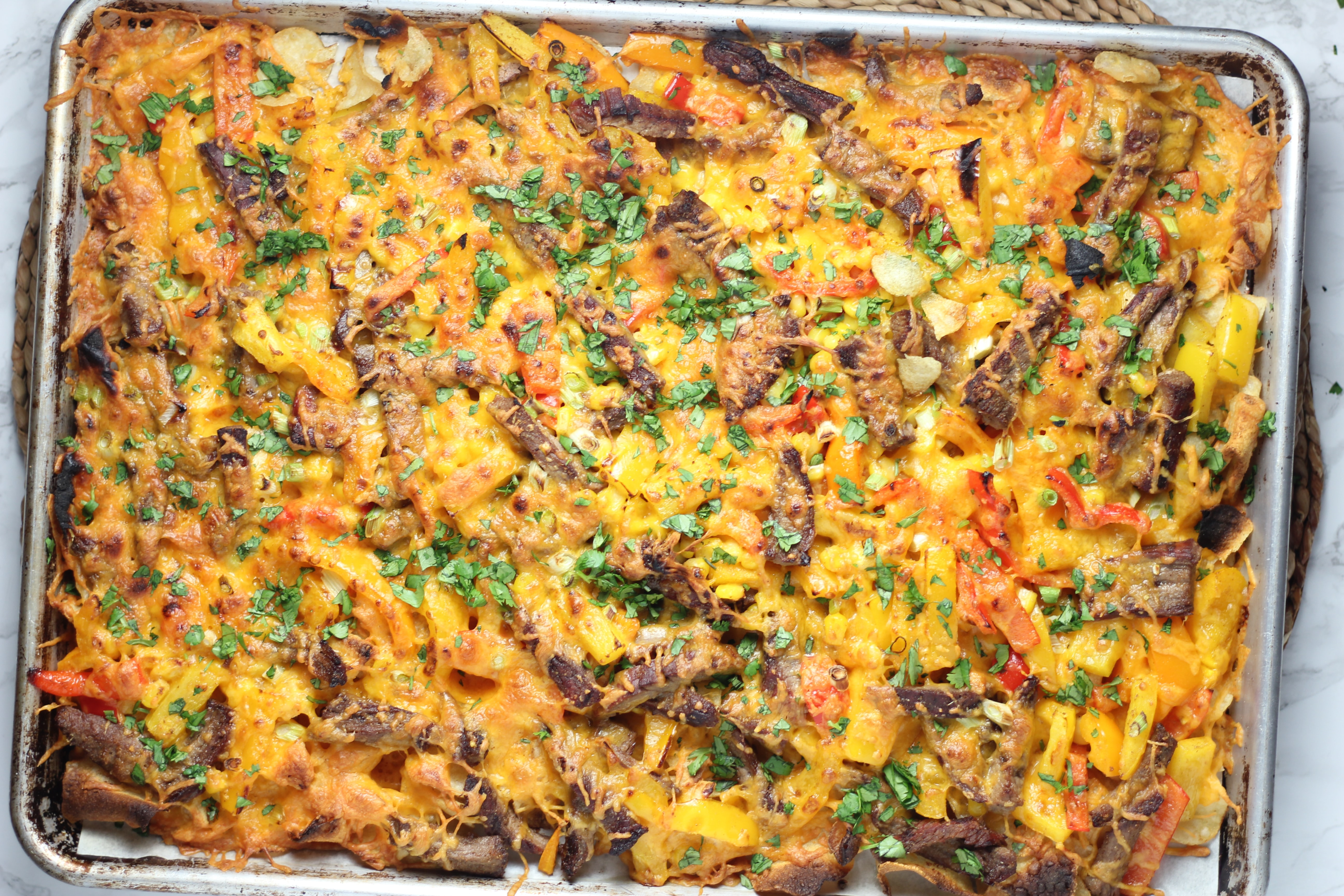
1. Is a perforated pizza pan better?
Sure, almost resoundingly, a pizza pan with holes is a better choice for various reasons. Compared to a smooth pan, your pizza cooks less often due to the even distribution of heat.
Other than making your pizza crispy and brown, uncooked parts or leftover parts are irrelevant when using this type. Furthermore, it is much easier to manage.
2. Which pizza pans do restaurants use?
Most restaurants prefer a slow baking process when making pizza dough. As a result, most restaurants use coupe pizza pans. These pans are made of aluminum or have a hard aluminum coat for added durability.
Due to their construction, these pans are ideal for use in a commercial oven. Coupe pizza pans are also extremely versatile, allowing pizza chefs to carry out their baking process, slice, and serve pizza on the same pan.
3. What type of pizza pan should I use for a thin-crust pizza?
The perforated pan is the best option for creating a thin and crispy base beneath the delicious pizza toppings. Choose a pizza pan with no holes if you prefer stuffed crust pizza.

